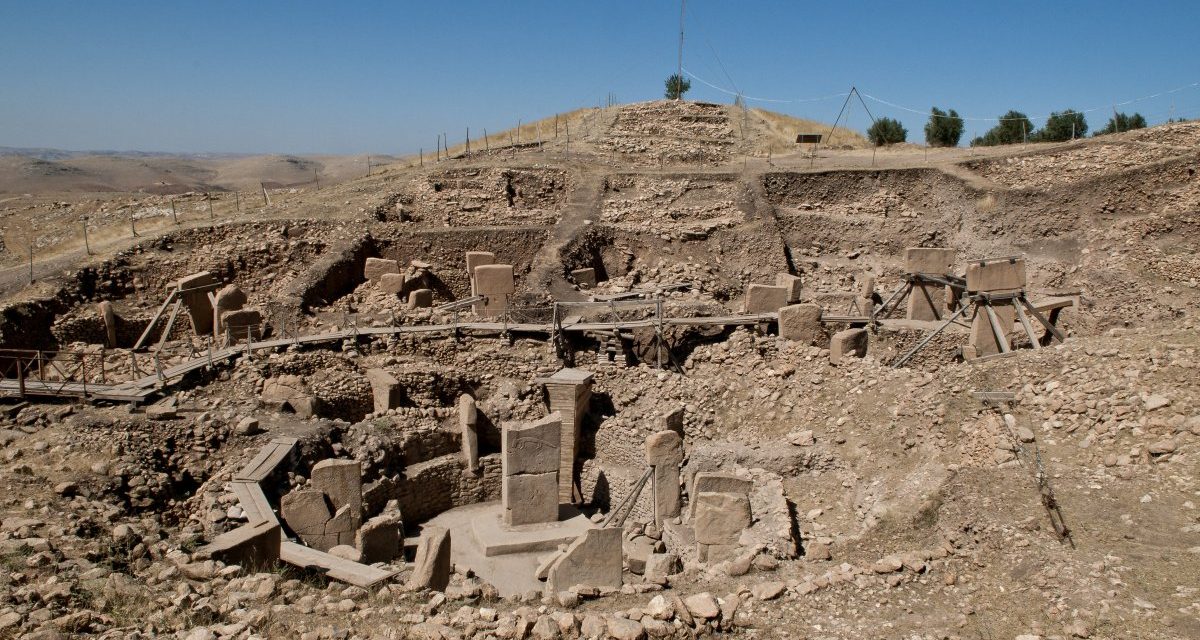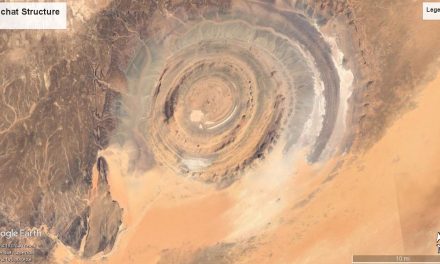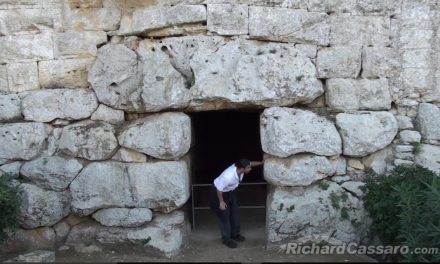Located in Turkey, Gobekli Tepe is an 11,000-year-old structure that is older than Stonehenge. According to the Smithsonian, Gobekli Tepe was discovered by the German archaeologist Klaus Schmidt. The site had been surveyed by Istanbul University and the University of Chicago around the 1960s. But they did not excavate because it just looked like a hill with an abandoned cemetery with limestone tombstones. However, these limestone slabs ended up being what caught Schmidt’s attention. In 1994, Klaus decided to investigate the mound.
The Gobekli Tepe Pillars
A year later, he returned to dig into the hill where they found a circle of stone pillars but no sign of housing structures. The Gobekli Tepe I consists of elaborately carved stones. They feature lions, foxes, vultures, and scorpions while other stones were purposely left blank. Schmidt believes that this was “the first human-built holy place” and that it belongs to “a cult of the dead and that the carved animals are there to protect the dead.” It would seem that the people of the surrounding town constructed the temple before the city.
The discovery of Gobekli Tepe has led archaeologists and historians have more questions than answers. So far, scholars have not been able to decipher the pictograms found at the site. Thankfully the stones were preserved by Turkeys climate. This way the pictograms will be available for future sleuths to decode.
An Atlantis Connection
Gobekli Tepe is the first major complex found to be over 10,000 years old. It exhibits a high degree of sophistication in art and construction. This is not something that would exist in just one place. There has to be more cities like it somewhere. This opens the door to Atlantis. The time period is correct and the advanced nature of the culture is reminiscent of Atlantis. It will be interesting to see where the connection leads.








If Atlantis existed, which I think it did, Atlantis and Gobekli Tepe would’ve been contemporaries. It’s the right time period, according to lengend. But Turkey is a long way from the Carribbean.